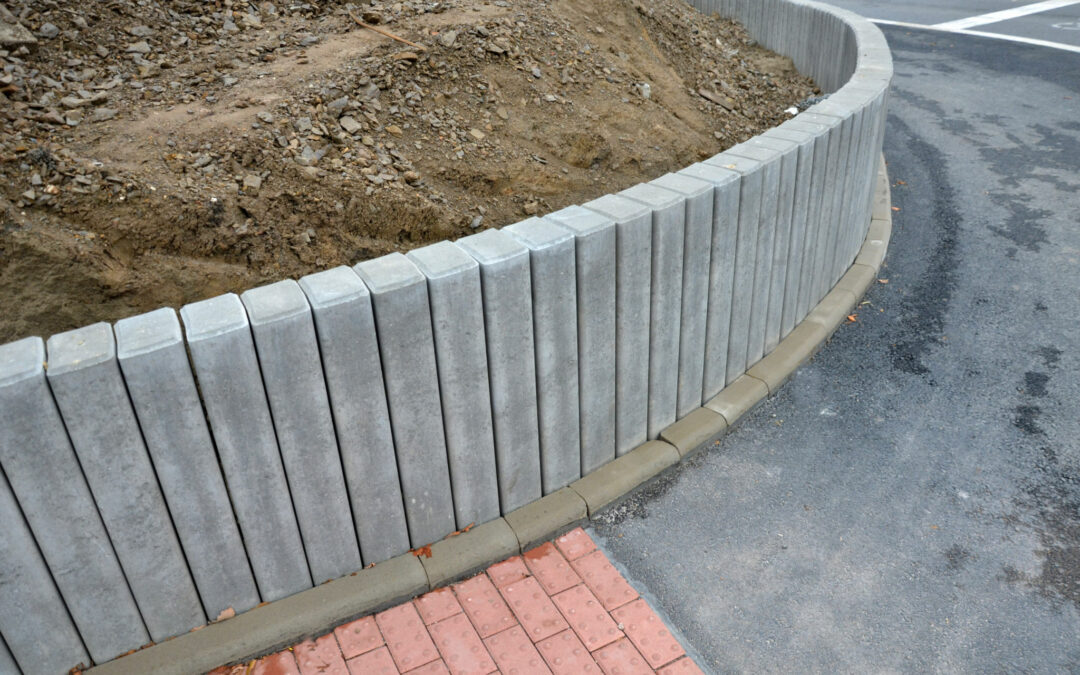Understanding Soil Movement and Retaining Wall Stability in Auckland
In the dynamic landscape of Auckland, the interaction between soil conditions and retaining wall stability is a critical aspect of construction and engineering. This article delves into the science behind soil movement in the region, exploring how different soil types and their inherent characteristics can significantly influence the performance and safety of various retaining wall structures. From the residential areas of Manukau to the growing suburbs of Pukekohe, understanding these factors is key to ensuring durable and safe retaining walls, tailored to Auckland’s unique geological framework.
Soil Characteristics and Their Impact:
- Soil Strength and Texture: The strength and texture of soil in Auckland vary, influencing retaining wall stability. For example, sandy or clay-rich soils are prone to shifting, which can undermine the wall’s integrity.
- Soil Movement Types: Several types of soil movement affect retaining walls, such as:
- Settlement: This occurs when the soil compresses under weight, potentially causing retaining walls to tilt or crack.
- Expansion and Contraction: Clay soils, common in parts of Auckland, can expand when wet and shrink when dry, leading to wall movement or damage.
Engineering Considerations for Different Wall Types:
- Timber and Wooden Retaining Walls: These walls need proper drainage and anchoring in soils prone to movement.
- Concrete and Block Retaining Walls: Often used for their strength, these walls require careful design to handle the lateral pressure in expansive soils.
- Keystone and Terraced Walls: Ideal for sloped areas, these walls must be engineered to accommodate soil movement while providing adequate drainage.
Health and Safety in Retaining Wall Construction:
- The instability of retaining walls in shifting soils can pose significant safety risks.
- Professional assessment and construction, like those provided by Auckland Retaining Pros, ensure wall stability and safety.
Local Relevance:
- In Auckland suburbs like Manukau and Pukekohe, the soil conditions can greatly vary, necessitating specialized knowledge for effective retaining wall solutions.
In conclusion, the stability of retaining walls in Auckland’s varied terrain hinges on understanding and addressing the complex interplay between soil conditions and engineering principles. By considering soil strength, texture, and movement patterns, and applying this knowledge to the design and construction of timber, wooden, concrete, keystone, terraced, or block retaining walls, we can ensure both the longevity and safety of these structures. Auckland Retaining Pros stands ready to apply this expertise, providing tailor-made solutions that respect the unique characteristics of Auckland’s diverse landscapes.
Frequently Asked Questions on Retaining Wall Stability and Soil Conditions
How Do Different Soil Types Affect Retaining Wall Stability?
Different soil types, such as sandy, clay, or loamy soils, have varying levels of strength and water retention, which can impact the pressure exerted on retaining walls. Soil that expands or contracts significantly can cause walls to shift or crack.
What Are the Key Considerations for Building a Retaining Wall in Auckland?
Key considerations include understanding local soil conditions, ensuring proper drainage, choosing the right materials, and considering the height and weight the wall needs to support.
Can I Build a Retaining Wall on Sandy Soil?
Yes, but it requires special design considerations like deep foundations and proper drainage to ensure stability.
What Are the Safety Risks Associated with Retaining Walls?
The main risks include wall collapse due to improper construction or failure to account for soil movement, which can lead to property damage or personal injury.
How Can Auckland Retaining Pros Help with My Retaining Wall Project?
Auckland Retaining Pros can offer expert advice on the best type of retaining wall for your specific soil conditions, provide professional construction services, and ensure compliance with local building codes and safety standards.

